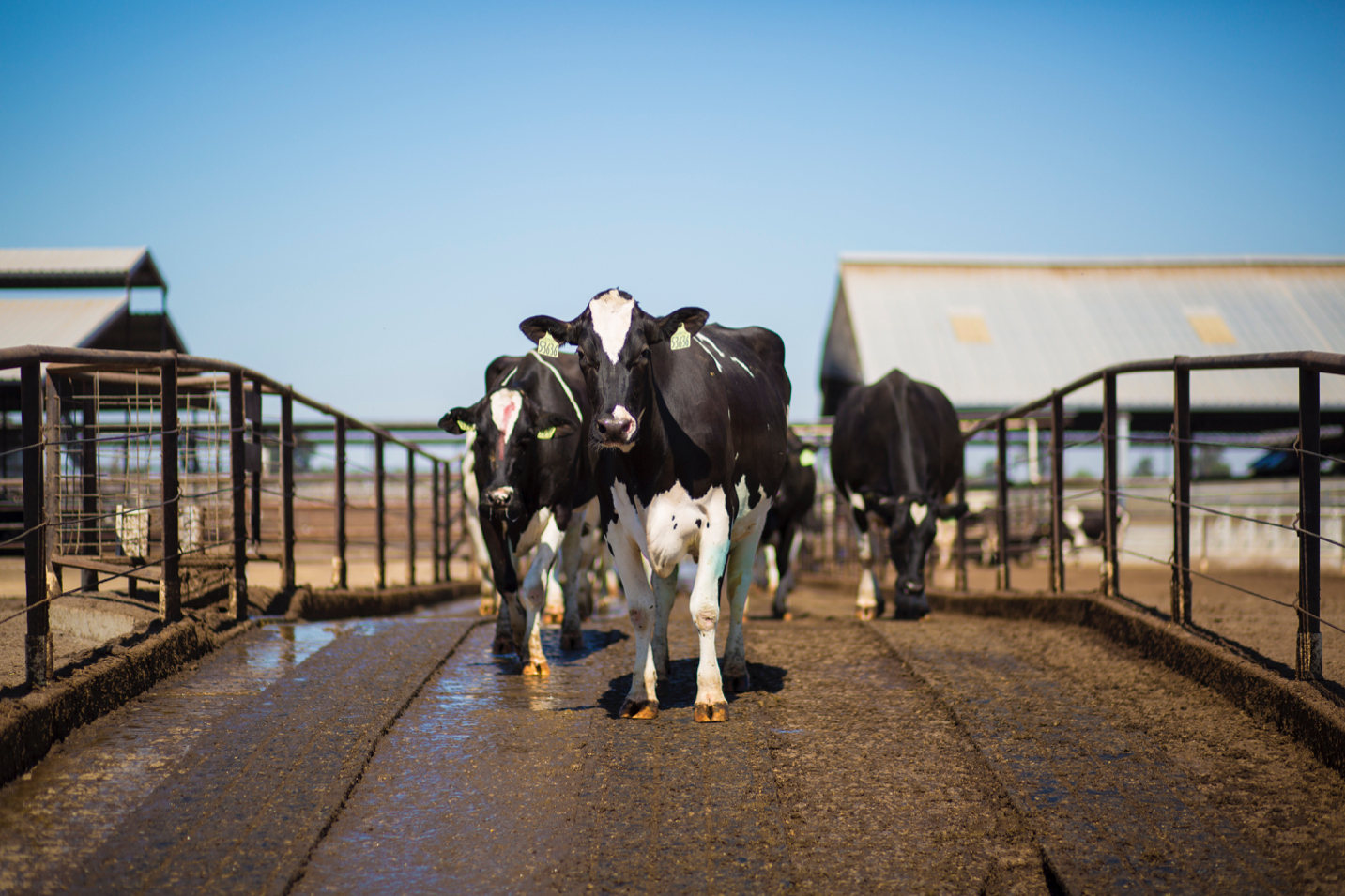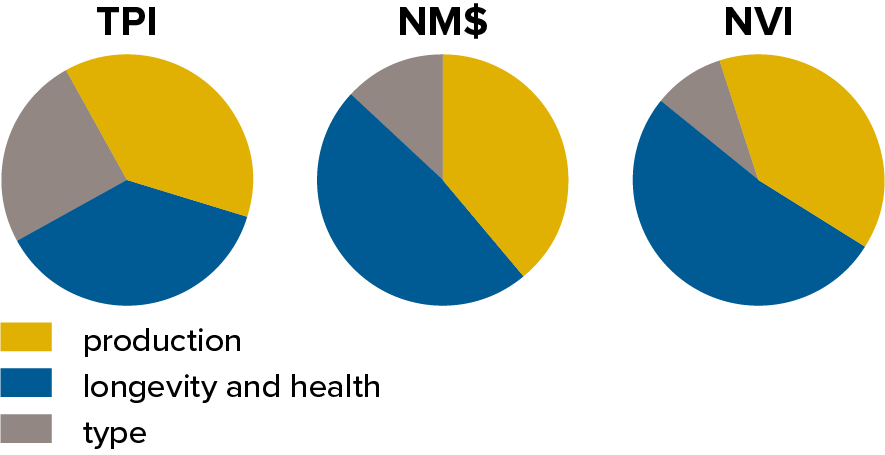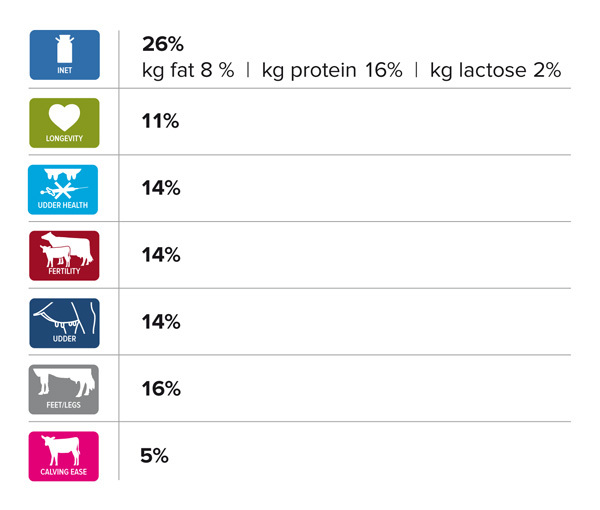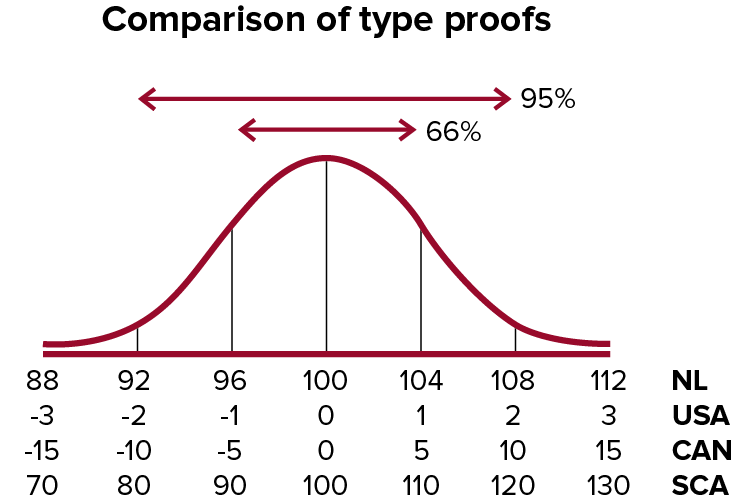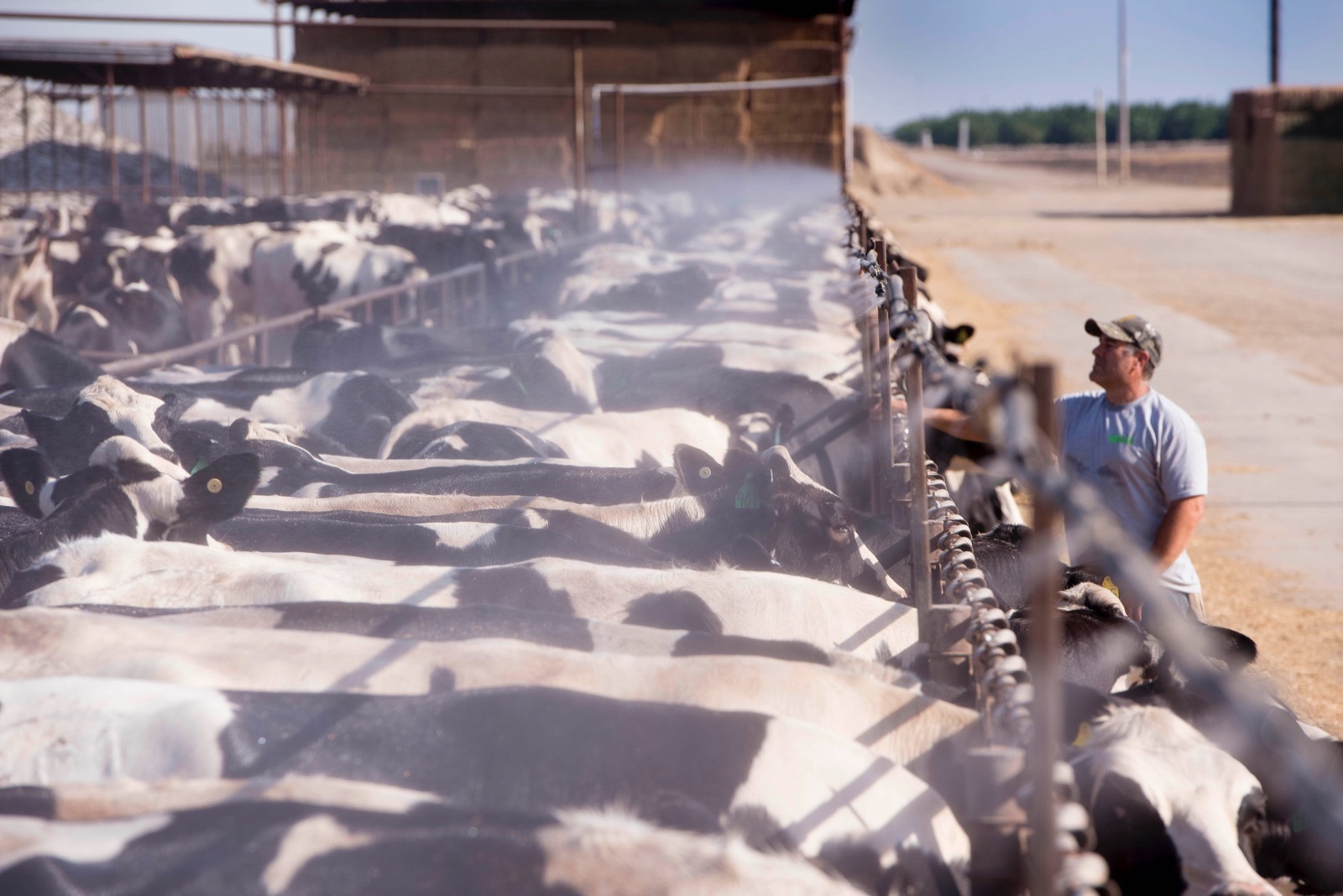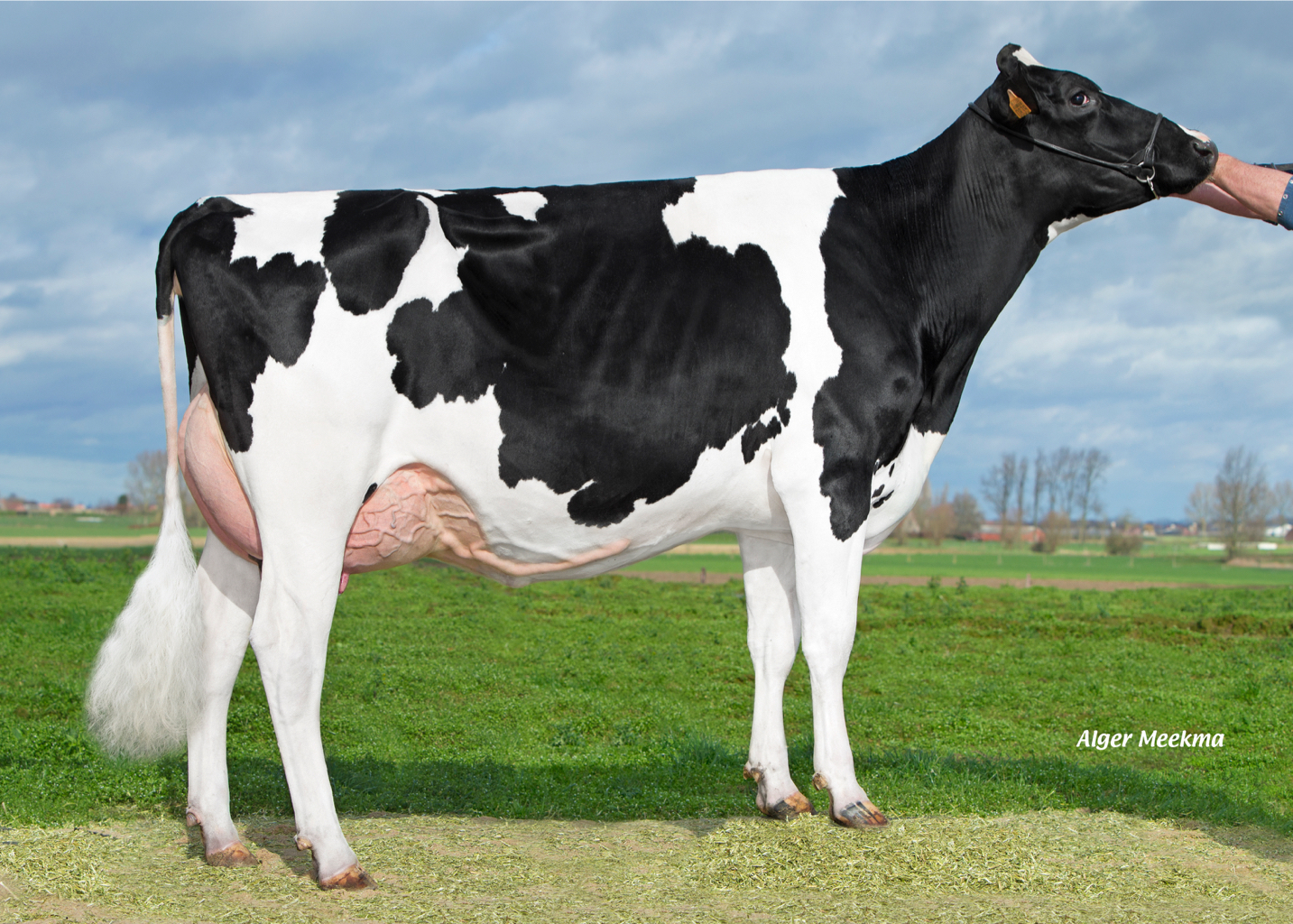
The United States is a leading centre of Holstein breeding. CRV operates its own breeding programme there, which has resulted in a broad, internationally competitive offering of top-ranked TPI bulls. CRV's bulls are unique thanks to the exclusive breeding values for feed efficiency, CRV Health and CRV Efficiency.

